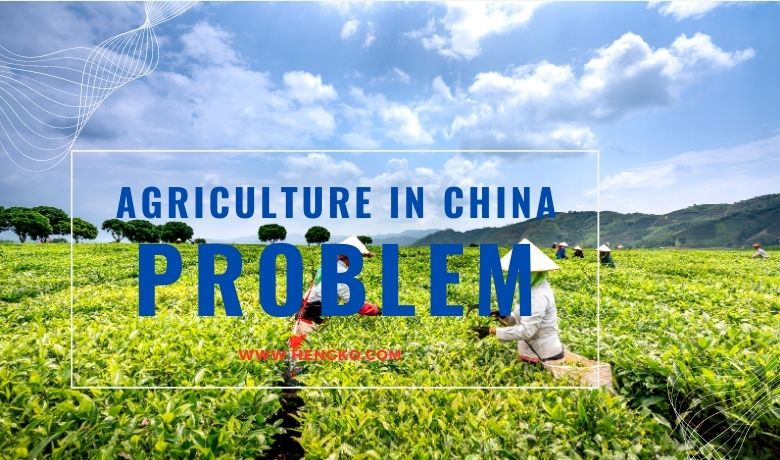What Problems Chinese Agriculture Face Now ?
As we all know, China is an agricultural country and also a country with a large population. Agriculture has important political and strategic value in China. Agriculture is different from the industry and service industry, and it has weaknesses.
The weakness of agriculture is manifested in the fact that the cultivation of crops depends on the allocation of natural resources such as local water, soil, sunshine, and temperature. So far we can only adapt to the allocation of natural resources, and improve some natural allocations locally or in one aspect, such as artificial irrigation and greenhouses. The risks facing China's agricultural security situation are very serious.
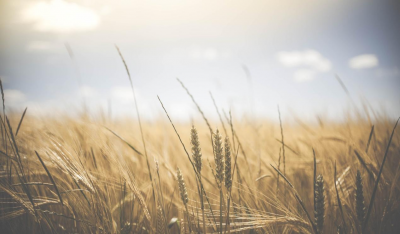
1. Lack of labor restricts agricultural development
Although my country has introduced various agricultural policies to attract and help farmers to develop agriculture, agriculture still lacks sufficient attractiveness, which in turn makes farmers unwilling to engage in large-scale agricultural production or improve agricultural production technology. Agriculture also cannot arouse the interest of young people. Many modern young people have flowed into cities and engaged in various occupations. The labor force in rural areas has become less and less, and the loss of agricultural technicians. The rural left-behind elderly have become the main force of agricultural production.
2. Farmers lack scientific guidance
Farmers lack the necessary agricultural guidance and help and are limited to short-term market economic conditions. For example, the hoarding of cabbage occurred in the past. In 2005, the Chinese cabbage harvest was abundant, and the price of vegetables dropped to 8 cents per catty. In 2007, it soared to 2.3 yuan per catty; In 2009, it is diffucult to sale out for a few cents a kilo of Chinese cabbage.Such blind decision to plant according to market prices is very unfavorable to the development of the entire agricultural market.
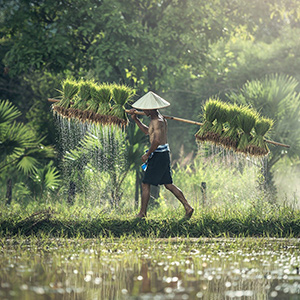
3. Backward traditional agriculture and modern agriculture
Traditional agriculture is influenced by weather. Restricted by natural conditions, intensive farming, the structure of the agricultural sector is relatively simple, the scale of production is small, the management and production technology is still backward, the commodity economy is relatively weak, and there is basically no geographical division of production. Modern agriculture is agriculture that uses modern science and technology to guide production. Most of its elements are provided by modern industrial departments and service departments outside the agricultural sector. Modern agriculture is characterized by a high degree of mechanization, a large scale of operations, and a high commodity rate of agricultural products.
How to Change and Deal With ?
Modern thinking and science and technology to guide agricultural development are better than farmers’ natural experience.
The scientific outlook on development is the guiding ideology for the development of circular agriculture.
In the process of agricultural production, the disciplines are planned and rationally arranged, which saves investment and reduces resource input and waste.
It is the new direction of my country's agricultural and rural development in the future to realize the organic unity of agricultural economy and ecological environmental benefits.
The artificial irrigation and greenhouse is the scientific product of modern agricultural development.
Artificial irrigation can solve the problem of uneven distribution and lack of natural water resources in crop planting. Greenhouses can solve the temperature constraints.
Off-season plants
Off-season plants can be planted in the greenhouses to enrich the people's vegetable baskets. Modern agriculture uses various intelligent monitoring systems to monitor soil moisture, temperature and humidity, exhaust gas, etc. Among them, the intelligent temperature and humidity monitoring system is used very much, mainly because the growth of crops cannot be separated from the factor of temperature and humidity. The intelligent agricultural temperature and humidity monitoring system integrates sensing technology, Internet of Things technology, wireless communication technology, electronic technology, etc., through a variety of sensors to network the environmental temperature and humidity, soil temperature, soil moisture and other data in the agricultural production process in a variety of networks The method is uploaded to the cloud server, and the data is integrated, analyzed, and processed through a prefabricated plan.
The intelligent agricultural temperature and humidity monitoring system integrates sensing technology, Internet of Things technology, wireless communication technology, electronic technology, etc., through a variety of sensors to network the environmental temperature and humidity, soil temperature, soil moisture and other data in the agricultural production process in a variety of networks The method is uploaded to the cloud server, and the data is integrated, analyzed, and processed through a prefabricated plan. Use scientific data to implement effective solutions.
To be more convenient, smarter, more efficient and more energy-saving.
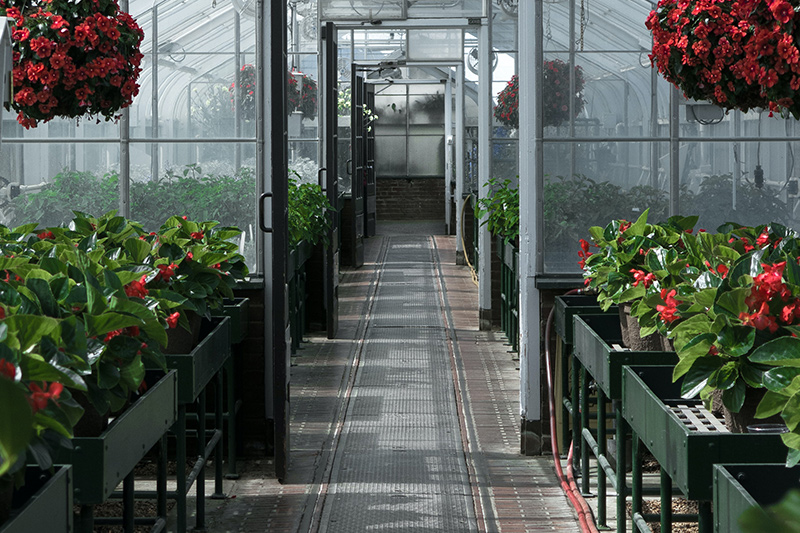
HENGKO uses professional product knowledge and performance design to choose the right intelligent temperature and humidity measurement solution and various hardware products for you, including temperature and humidity transmitters, temperature and humidity recorders, temperature and humidity sensors, temperature and humidity probes, etc., to help you solve the temperature and humidity monitoring problems and needs in various industries.
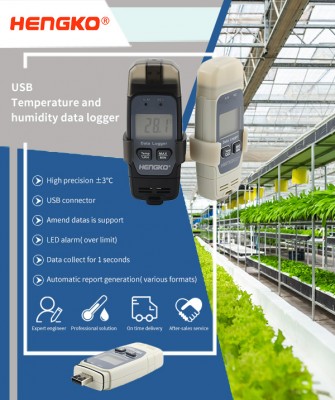
Are you looking for solutions to the problem of agriculture in China?
Look no further than HENGKO's high-quality temperature and humidity sensor. Our sensor are designed to withstand harsh environmental conditions and provide reliable filtration for a variety of agricultural applications. With over 20 years of experience in the industry, we have the knowledge and expertise to help you find the perfect filtration solution for your needs.
Contact us today to learn more about our products and how they can benefit your agricultural operations.
Post time: May-29-2021
